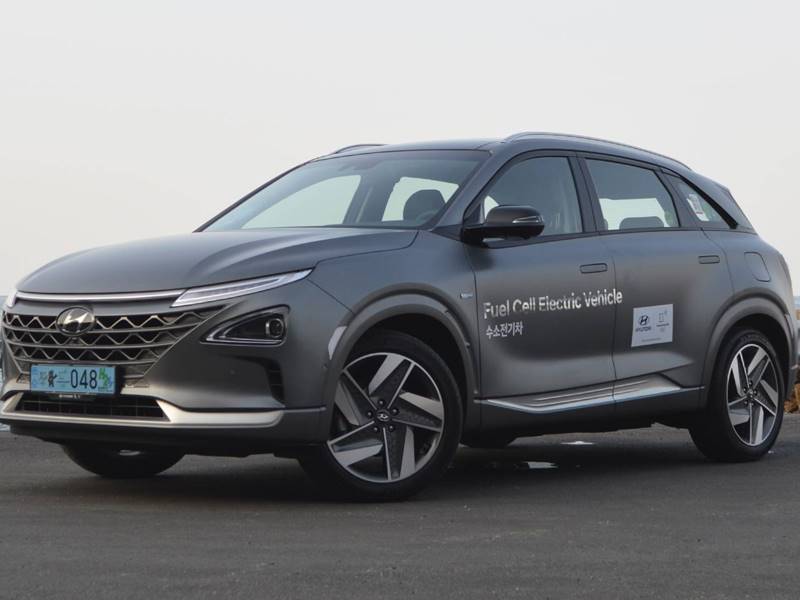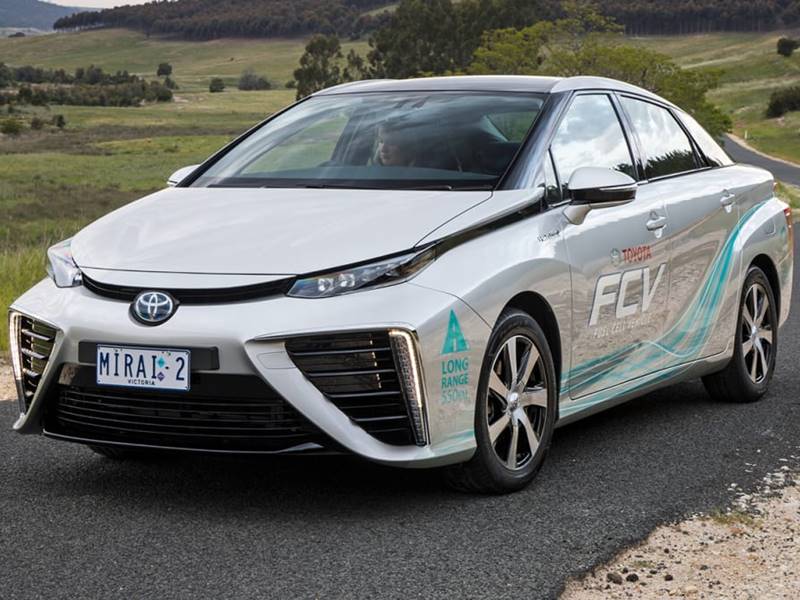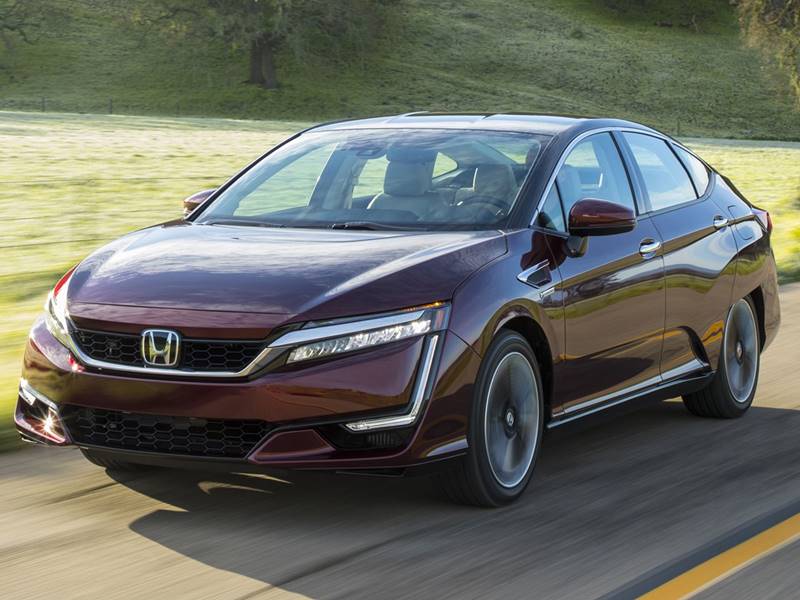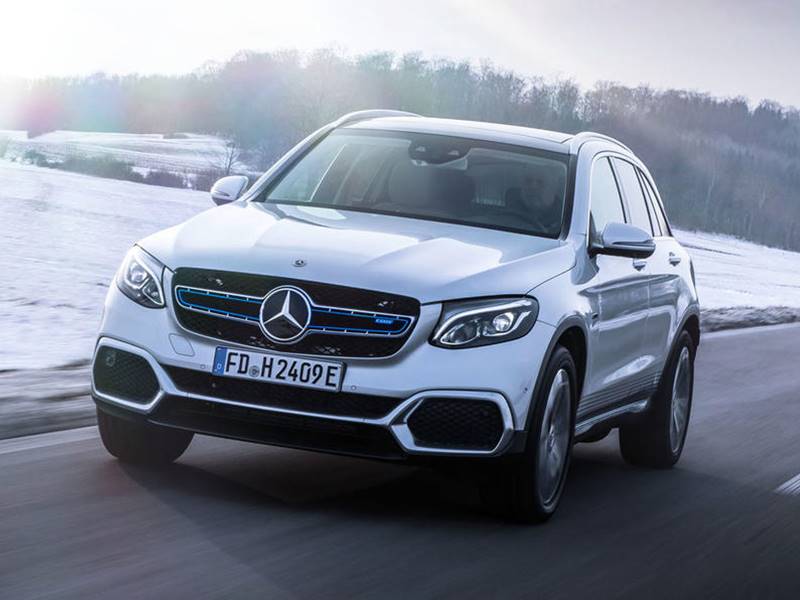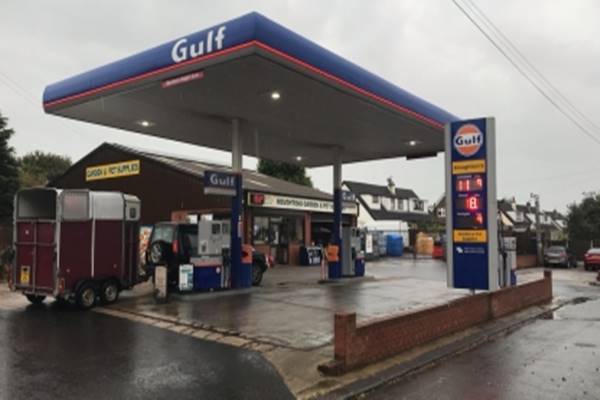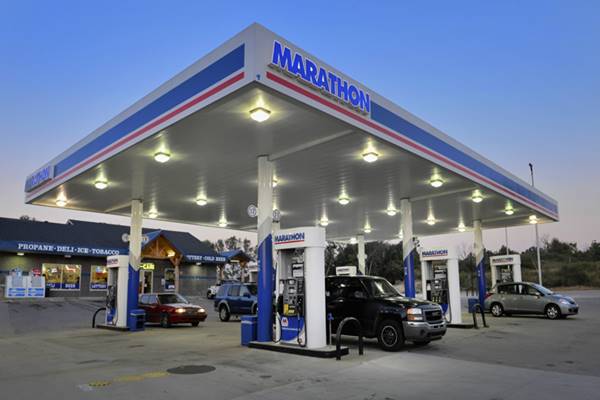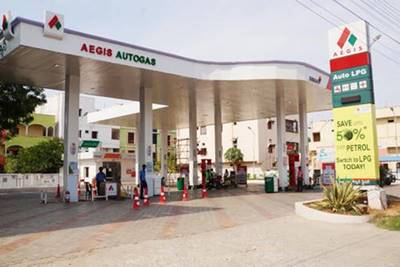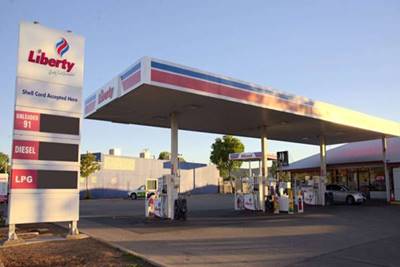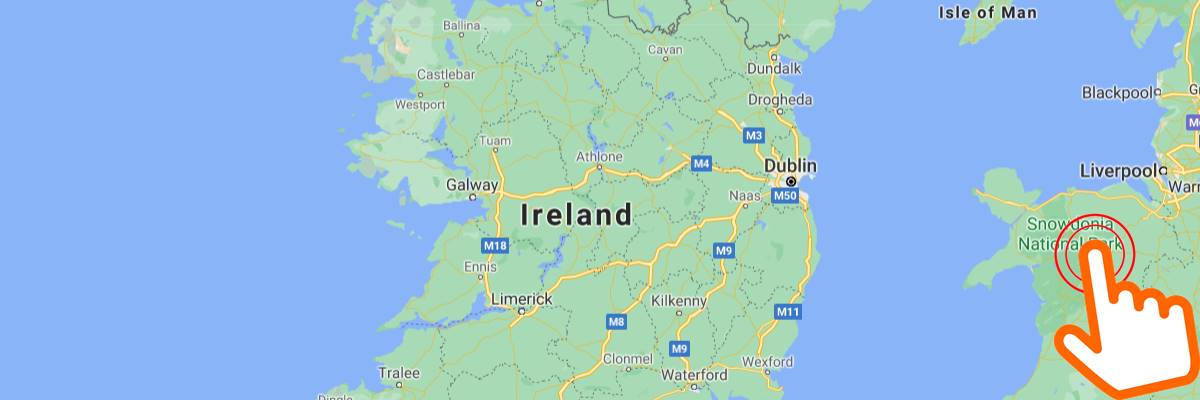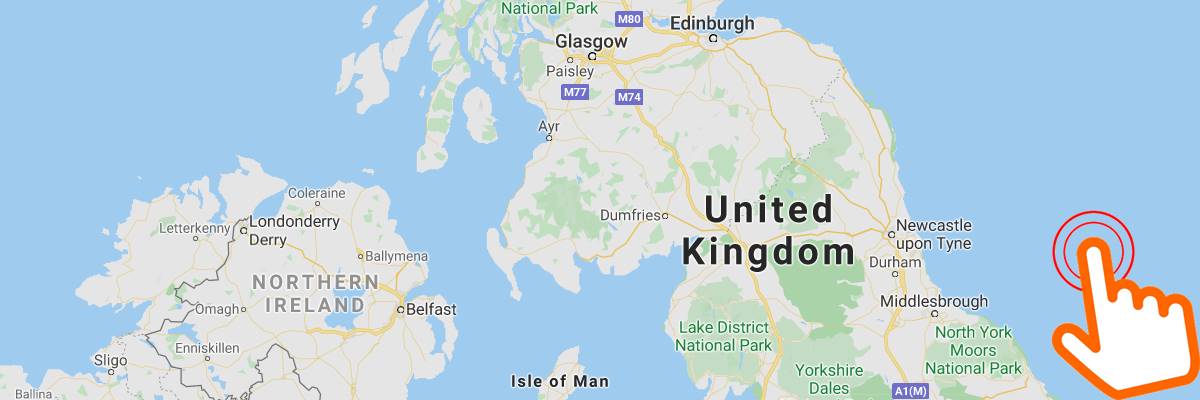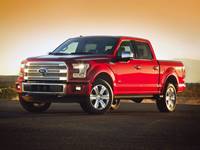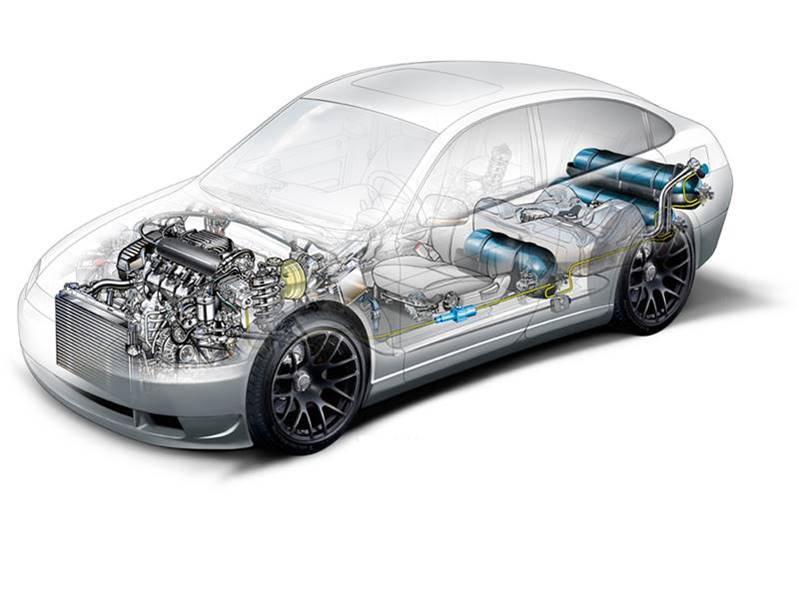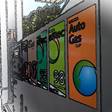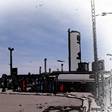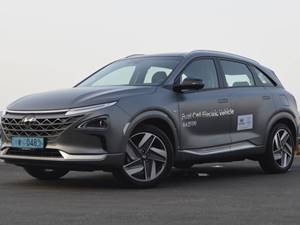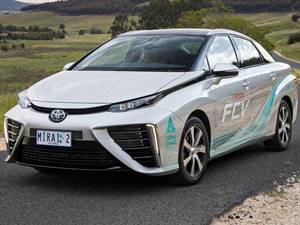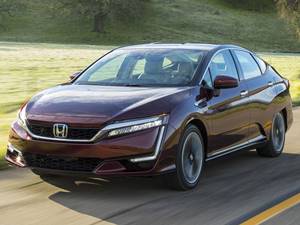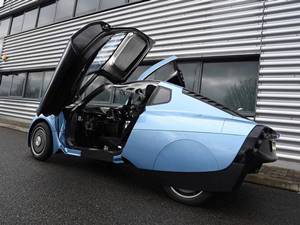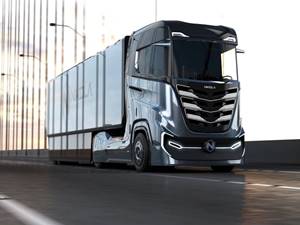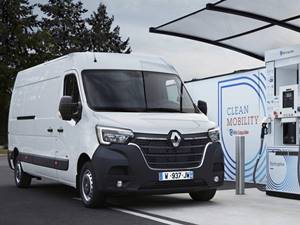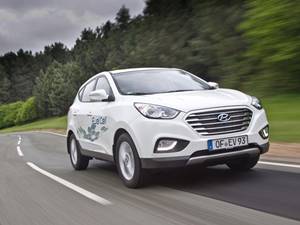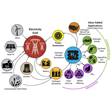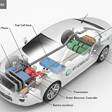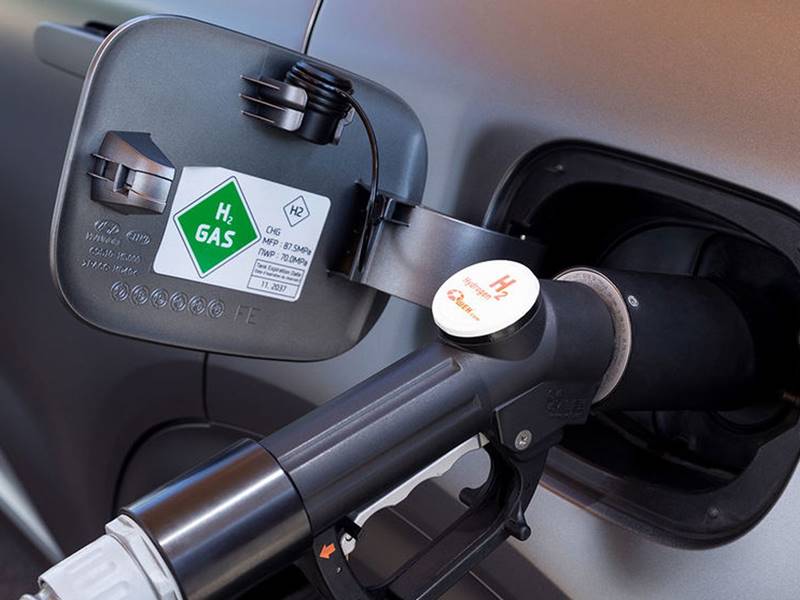H2 vans for sale in
Hydrogen as a road fuel is in its early stages of becoming commercially available on the market. Hydrogen can be used to power a vehicle by burning it in an internal combustion engine (ICE) or to generate electricity through a fuel cell.
Currently commercially available pickup trucks use hydrogen, along with diesel in a dual form, in an internal combustion engine. Hydrogen is used in a similar way to CNG and LPG, being compressed and stored in on-board tanks and used in combination with gasoline or diesel to power the vehicle. These are known as ICED (Internal Combustion Engine Diesel) hydrogen hybrids.
The fuel cells generate energy using hydrogen fuel to generate electricity to power the vehicle (known as FCEV, Fuel Cell Electric Vehicle). There are several different models of cars and commercial vehicles currently available on the market.
- Hydrogen ICED vans operate almost identically to conventional diesel vans with medium operating ranges.
- Payload is slightly reduced due to the hydrogen storage tanks, although cargo space should not be affected.
- There are currently few refueling stations worldwide, with many stages of project planning, limiting the hydrogen operating range to the proximity of the refueling station.
When hydrogen is burned, only water is released, making hydrogen potentially the cleanest road transport fuel available. However, when burned along with (even) small amounts of fossil fuel in an ICE, the high temperatures can produce NOx emissions, along with very small amounts of hydrocarbons and carbon dioxide. However, its tailpipe emissions will still be much lower than those of a conventional diesel van - using Hydrogen in mixture with Diesel produced 40% less nitrous oxide than a conventional diesel van.
Another crucial element is how the hydrogen is produced. Hydrogen emissions equivalent to carbon dioxide over the entire life cycle can be very low, if it is produced from renewable electricity, as in the case of Green Hydrogen. Hydrogen produced from industrial processes using grid electricity can have a very high carbon intensity and be equal to or even worse than conventional diesel pickups.
The market for hydrogen vans is in its infancy, however, several new models have been launched as the supporting infrastructure is put in place around the world, and the most recent public access refueling station project plans more than 200 stations in Germany where hydrogen is generated using wind-generated electricity.
Hydrogen is a carbon-free fuel at the point of use. When generated from renewable sources, or when combined with carbon capture and storage, it is 100% carbon-free; from other sources it helps improve energy efficiency and grid balance. For transportation applications, hydrogen can be used in a fuel cell to generate electricity directly on board the vehicle, or in a conventional combustion engine, replacing hydrocarbons such as diesel, gasoline or methane gas.
If hydrogen is used in combustion engines, particulate matter and other emissions that affect air quality are also drastically reduced, although the by-products of the reaction with nitrogen in the air (NOx, etc.), have to be carefully managed. Traditionally, the management of NOx, etc., has meant that it is extremely difficult to ensure that ultra-low emissions standards (the combination of low carbon emissions and improved air quality) can be met by controlling hydrogen combustion.
If hydrogen is used in an on-board fuel cell, the owner has an electric vehicle that can be refueled in less than 5 minutes, which solves range anxiety and provides all the other benefits that electric mobility can bring.

